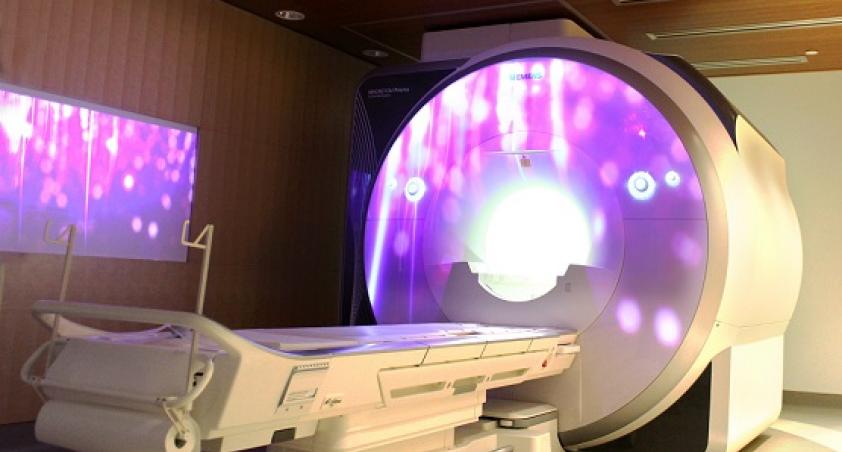What is an MRI?
Magnetic resonance imaging (MRI) is a test that uses powerful magnets, radio waves and a computer to take detailed pictures inside your body.
What does an MRI do?
An MRI is a test that doctors can do to diagnose an injury or disease. It can also see how well someone is responding to treatment. Unlike X-rays and CT scans, MRIs do not use radiation.
At Holland Bloorview, we are using the MRI as a research tool for scientists, not as a diagnostic tool for clinical purposes.
Why does Holland Bloorview need a research MRI?
Holland Bloorview has world-renowned scientists that are charting the development of brains in children and teenagers of all types of abilities. Since most of the children we treat at the hospital have an injury that is related to the brain, if we study how the brain develops, we can come up with a personalized treatment plan for our clients and their families. That way we can help give them a more meaningful and healthy future.
How can I participate in a research MRI scan?
In the future, Holland Bloorview will have several active research studies that will be actively recruiting research participants. These studies will be listed on our Participate in Research webpage. If you are interested in participating in a future study, feel free to check this webpage for updates on new research MRI-related studies.
What happens during an MRI scan?
First, the individual is screened by an MRI technician to ensure they don’t have any MRI contra-indications that may prohibit them from having the scan done. Common examples of contra-indications are metallic implants or pacemakers. For a full list of MRI contra-indications, please download the MRI screen form.
Before entering the scanner, room, the research participant can pick moving images that will be projected on the MRI magnet, the wall and overhead to make them feel as relaxed and calm. For instance, they can “turn” the room into a big ocean or make themselves feel like they are “floating in outer space”. They can also put on MRI-friendly goggles to watch a movie during the scan.
In the scanner, room, the research participant will be asked to lie on a table and the technologist will prepare him/her for a scan. At this point, the person will be able to see images they chose for the ceiling “skylight”.
Once ready, the table will then slide into the opening of the MRI. They will be asked to remain still.
The machine creates a strong magnetic field inside the person’s body. A computer takes the signals from the MRI and uses them to take a series of images. The individual will also hear a loud whirring and thumping sound. This is the machine taking pictures inside their body. They will be given earplugs or MRI-compatible headphones to muffle the sound.
Up to two family members can also sit just outside the scanner room and see their loved one during the whole procedure through a glass door.
